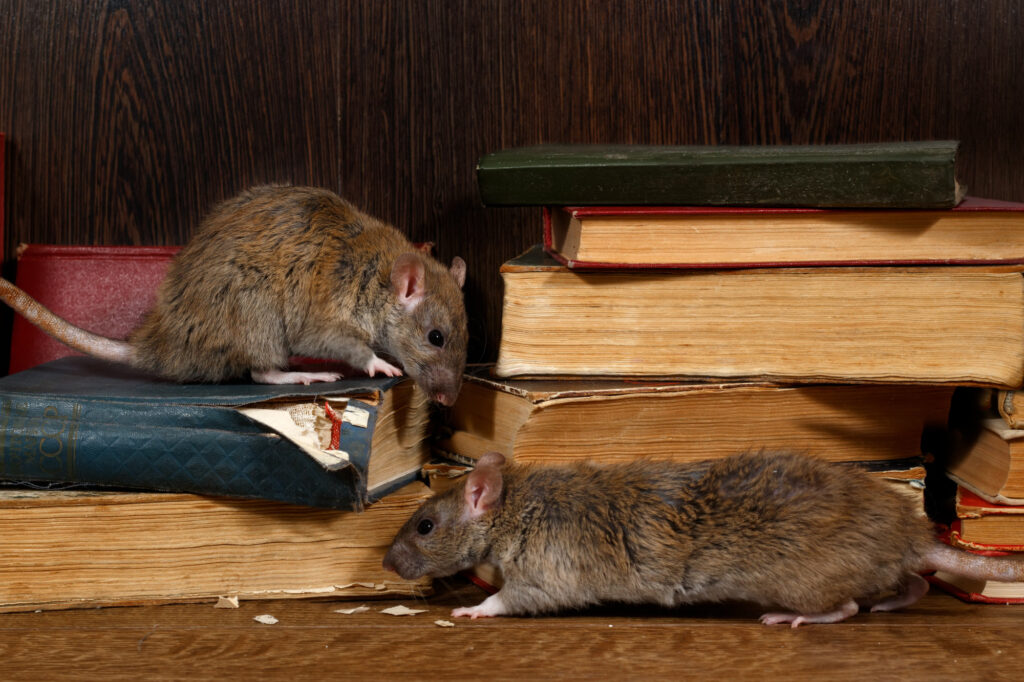Protecting Your Home from Rodents: The Best Sealant Solutions
Rodents can enter your home through surprisingly small rodent entry points. These unwelcome pests, such as mice and rats, can cause significant damage to your home’s structure, electrical systems, and health. Sealing cracks and entry points is one of the best ways to prevent pest infestations and keep your home safe. Here’s how you can seal your home and stop rodents before they start causing damage.
- Seal Cracks and Gaps Around Your Home
The first step to rodent prevention is identifying and sealing all entry points. Rodents can enter your home through cracks in the foundation, gaps around vents, or even garage doors.
- Use steel wool and caulk to fill small cracks. Steel wool is particularly effective because rodents can’t chew through it.
- For larger holes, use steel mesh or cement to completely block off the opening.
- Check around pipes, vents, and ducts for any small openings where rodents can slip through.
- Control Moisture with Vapor Barriers
Excess moisture in your crawl space or basement can create the ideal environment for rodents and other pests to thrive. Installing vapor barriers is an effective solution for controlling moisture and keeping pests at bay.
- Vapor barriers block moisture from rising into the space, helping prevent mold growth, wood rot, and other moisture-related damage.
- Consider installing a sump pump to deal with any flooding or excessive water buildup in your crawl space, reducing the risk of attracting rodents.
- Use Door Sweeps and Seals for Entry Points
Even small gaps in doors and windows can provide a potential entry point for rodents. Make sure your doors are properly sealed to keep these pests out.
- Install door sweeps on exterior doors to prevent rodents from sneaking in underneath.
- Check garage doors and ensure they close tightly. If there are any gaps, use a weather stripping solution to seal them up.
- Inspect the seals around windows and doors to ensure there are no gaps where rodents could gain access.
- Air Seal the Crawl Space and Other Vulnerable Areas
Your crawl space is often one of the most overlooked areas in pest prevention. Proper air sealing can make a big difference in keeping rodents and insects out.
- Apply caulk around vents, pipes, and other small openings in the crawl space to prevent pests from entering.
- Sealing the crawl space helps manage moisture, improves airflow, and prevents rodents from entering through gaps.
- Regular Inspections and Maintenance
While sealing entry points is essential, regular inspections are key to ensuring your home stays protected.
- Inspect areas such as door sweeps, garage doors, windows, and vents regularly for any new signs of damage or gaps.
- Look for gnaw marks, droppings, or nests that indicate rodent activity.
- Additional Long-Term Pest Prevention Tips
Beyond sealing entry points, take proactive measures to protect your home from future infestations:
- Fix leaks in plumbing or pipes that could cause moisture buildup and attract rodents.
- Ensure your drainage system is functioning properly. Water pooling around your foundation can attract pests.
- Install pest barriers along your foundation or entry points to prevent pests from gaining access to your crawl space or basement.
Conclusion: Seal and Protect Your Home
Taking the right steps to seal cracks and rodent entry points is essential to preventing pest infestations. By using the best sealant solutions like steel wool, caulk, and door sweeps, you can protect your home from costly damage caused by rodents and other pests.
Don’t wait for an infestation to occur—act now to protect your home. A proactive approach to sealing entry points and addressing moisture issues will keep your living spaces safe and pest-free.
📞 Need professional help with pest-proofing your home? Contact us today for expert solutions and secure your space from rodent infestations and other pests.

